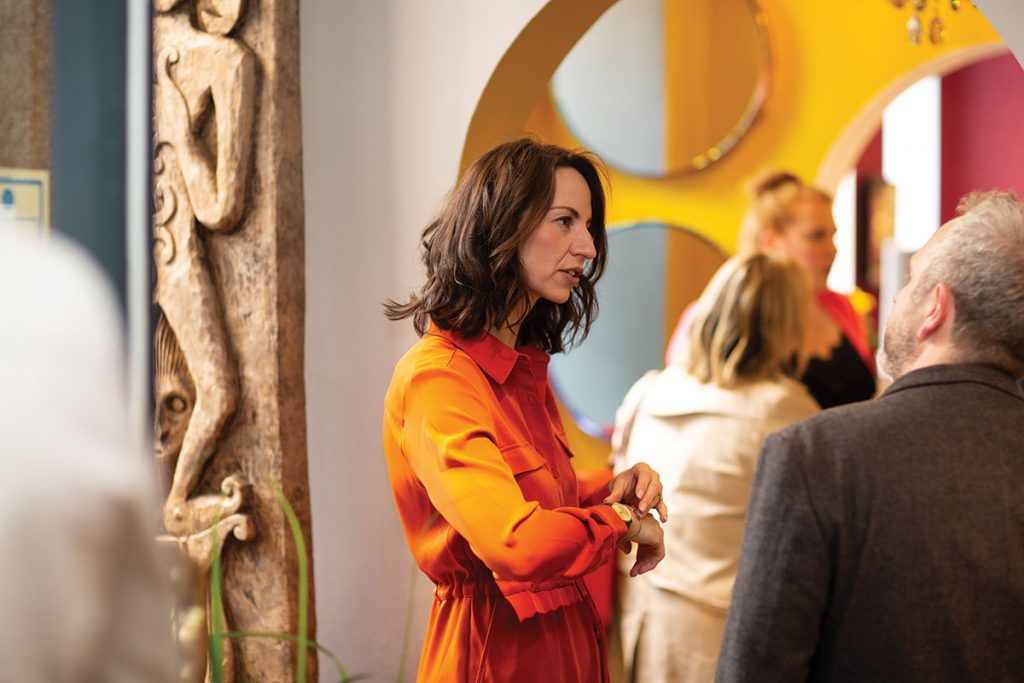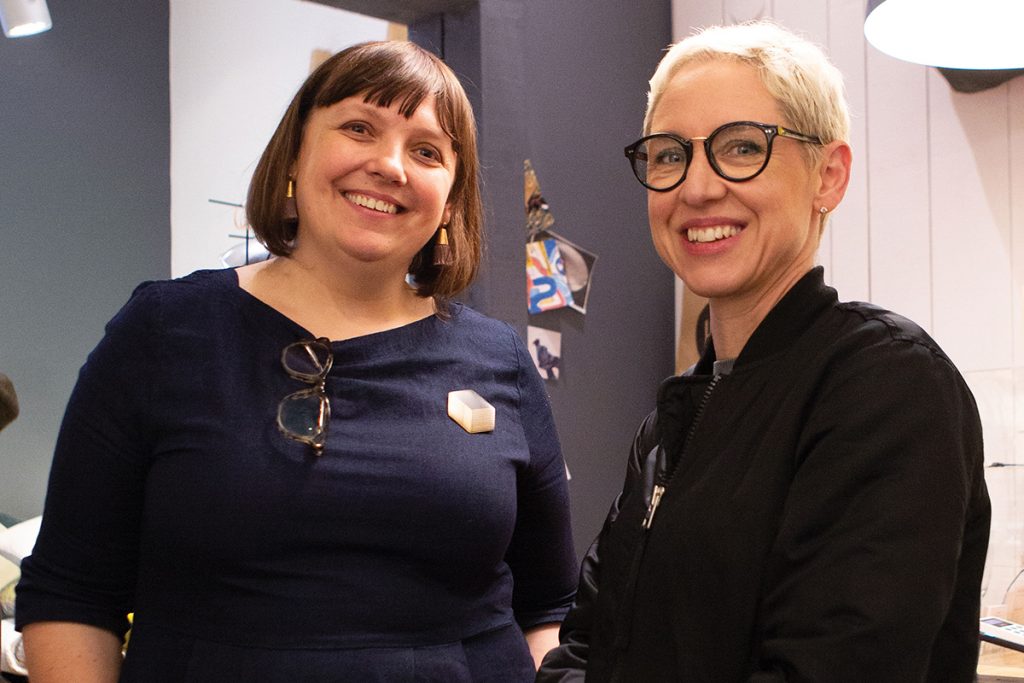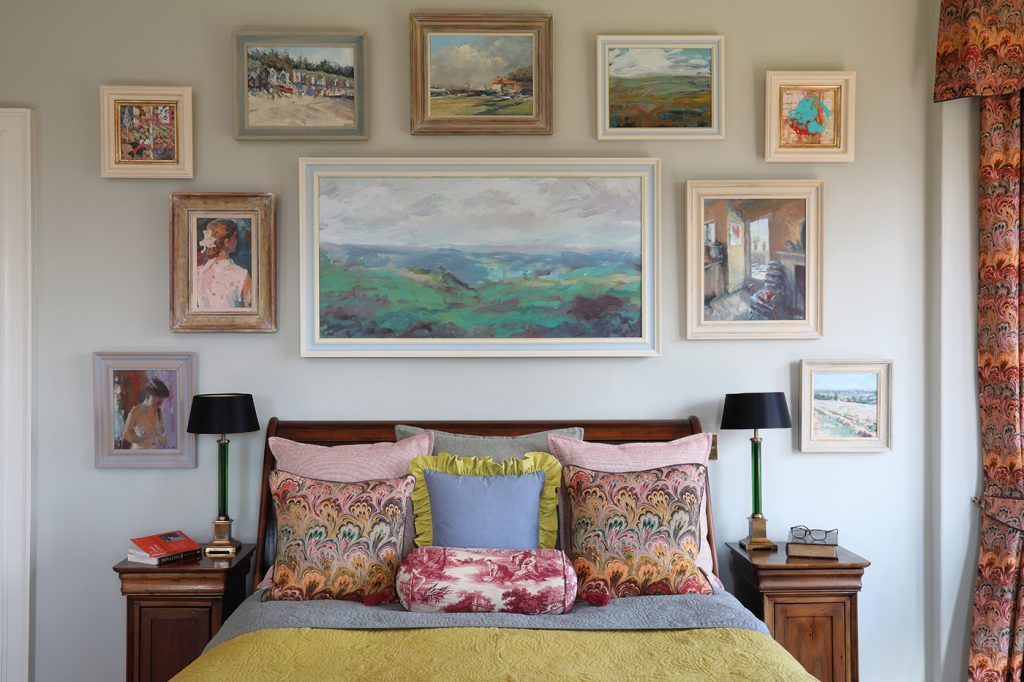Scotland is renowned for being a leader in architectural and interior design excellence, producing award-winning homes, hospitality venues and nurturing home-grown talent in the industry
We are seeing more and more innovation in interior design, with emerging entrepreneurs transforming the industry by adopting technology or turning to social media as influencers to help diversify their income.
Here, we will break down traditional business models to find out how interior designers typically get paid, as well as look at new and exciting ways to increase and expand revenue streams.
How are interior designers paid?
Traditionally, the business model centres around structured ways of making money and charging for their services.

Hourly rates
The most common way that interior designers make money is by charging hourly rates for their services.
It’s important to keep track of the time you spend on a project so you can invoice correctly if you’re charging hourly.
You may want to include a minimum time charge, such as 15 minutes, as this can prevent you not charging for smaller, 5 minute tasks that can build up over time and result in undercharging for your expertise.
Fixed Cost
Sometimes, interior designers charge a fixed fee for a project, taking into account how long a project will take, and to cover any additional charges that may occur during the process.
This will also likely include some kind of contingency in case of delays or additional work that may occur
Percentage Fee
This model is usually adopted if the project is large and involves different contractors or services, such as architects or builders.
It takes into account the total cost of the project, and interior designers can negotiate the percentage that they are comfortable with.
This is particularly useful on projects that run the risk of expanding beyond the initial ideas or plans, as it will mean your fee increases in tandem.
When do interior designers take payment for their services?
Whether an interior designer is charging hourly, a fixed cost or a percentage fee, there will be key stages in the process where payments will be made. These can vary depending on the needs of the professional and the scope of the project or the preference of the client.

Consultation
To fully understand a client’s project vision and inspiration, as well as align on budget and timeframe, having a thorough consultation at the beginning of an interior design process is vital.
If possible, it’s best to conduct a consultation in person, to allow for full immersion into the space – understand how the space is lit and how it exists in relation to its surroundings.
If this isn’t possible, video calls can be useful and at the very least requesting accurate measurements and high-quality photographs can help to improve the planning and price quote for a project.
Consultation sessions are usually charged at a fixed or hourly rate and payment is taken at the point of booking, either online, over the phone or at an in-person meeting, so it can be useful to invest in a mobile card reader to help take payments on-site.
For some interior designers, especially those early on in their careers or those looking to get more new clients, they may offer free consultation sessions to help grow and build their business.
Deposit
After the consultation stage, and after contracts have been signed, designers will likely take a deposit payment to cover any costs that occur during the design process, such as paying for material or furniture. It also acts as a guarantee of final payment and improves cash flow.
Taking a deposit can also help protect a businesses if a project they are working on faces delays, without causing too much strain or impact on their income.
Taking final payments
Once a project is complete, the remaining balance or accrued hours on a project will need to be settled. This usually takes the form of an invoice that is payable within a certain timeframe, typically 28 days or 1 month, although some businesses may use their own terms, such as 90 days.
Be sure to add your expected payment terms to your contract and check that your client has agreed to this timeframe, and reiterate this on your final payment invoice, to ensure you can confidently manage your balances and business finances.,
Taking full payment upfront
There is an argument to be made for interior designers taking full payment upfront. This presents more security and many benefits of taking payment upfront
However, taking full payment upfront does come with some caveats and potential risks. Firstly, it may deter some clients from working with you, as they may be relying on spread payments to help the affordability of their project.
It also poses the risk of interior designers having to pay for unforeseen additional costs along the journey themselves, that weren’t included in the initial payment, with no way to recoup these costs.
Ultimately, finding out what payment system works for both you and the client will ensure the process runs smoothly and efficiently.
Innovative ways interior designers can diversify their income

Implement retainers with regular or repeat clients
For interior designers who work with corporate customers, for example, working on office designs or with hospitality chains, it could be worth exploring implementing a retainer contract with your repeat clients.
This can ensure that you have a steady, reliable income and also protects a set amount of your time per month or quarter, for any consultation or design time that your client may need.
This could be helpful for clients who plan to expand to new sites or have spaces that may incur heavy wear-and-tear, that require frequent refreshes.
Earning commission for recommending products
Interior designers may partner with their favourite brands to recommend furniture in exchange for receiving a percentage of any sales.
Earning commissions can be mutually beneficial for interior designers, the brands they work with and their clients. They can earn a commission, while brands will make a sale and clients can trust the quality and expertise of the recommendation.
In a similar vein, professionals may be able to purchase items at a wholesale price and charge a markup to the client, to cover the time taken to source items and build relationships with suppliers, as well as make a profit.
Finding additional income opportunities can help owners rethink their business model and expand their services and profits.
Sharing their skills and expertise on social media
Increasingly, interior designers are diversifying their income streams and expanding their business by using social media to share tips, tricks and the latest trends. Many entrepreneurs are turning to social media to find new clients and expand their brand awareness.
Social media can also help earn some additional revenue. Joining creator programs can enable influencers to earn money from views and engagements on their videos. They can also earn money through paid partnerships with brands they love, or even by promoting key technology platforms and tools they use in their practice.
Final Thoughts

When it comes to innovation, the best way for interior designers to future-proof their business is to rethink how they make money and take payments.
From offering free consultations to drum up new business or taking full payment upfront to protect their time and investment, to finding new income avenues online to diversify their business, it’s important to embrace new and exciting changes in the industry to help their business thrive.
Visit the SumUp website | Follow SumUp on Instagram
Design tips to make your Airbnb stand out and get more bookings





